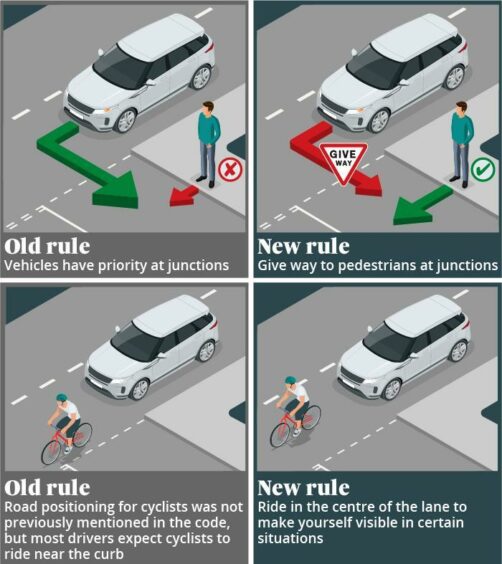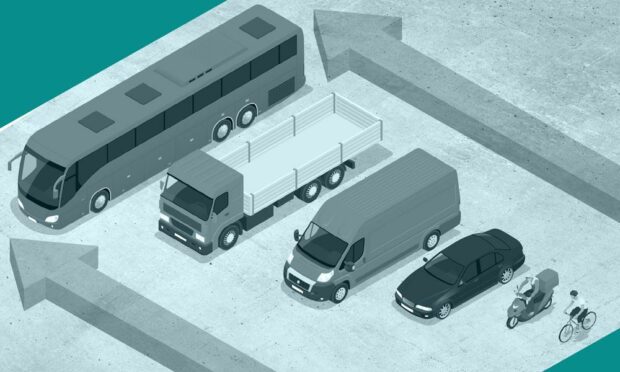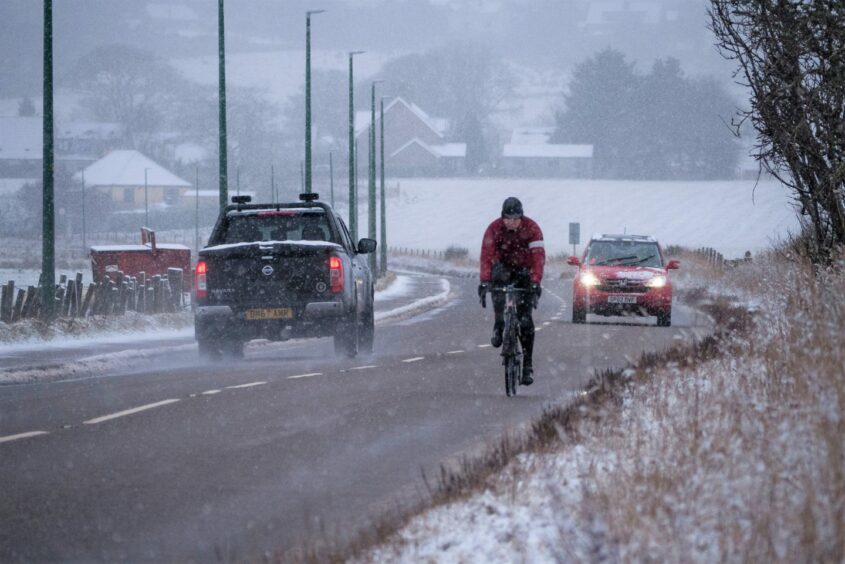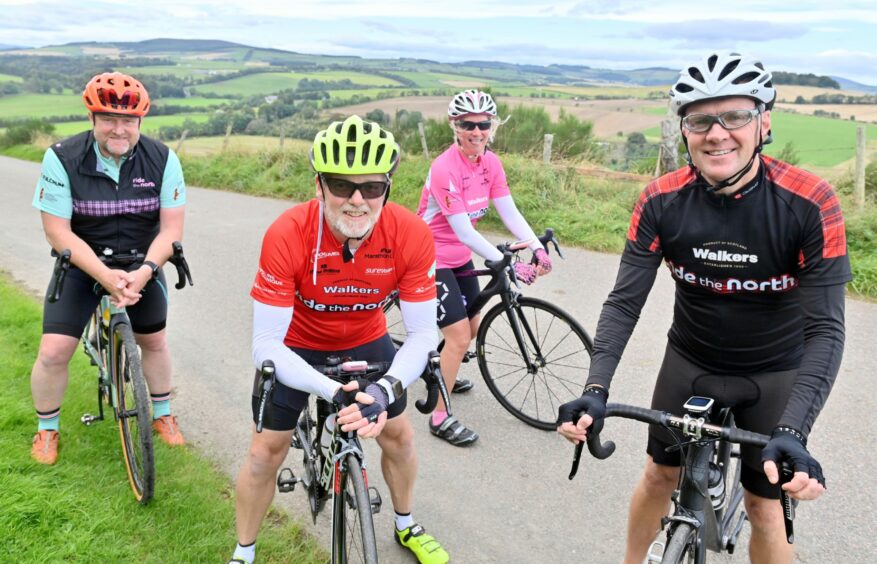A number of changes to the Highway Code come into effect today on UK roads.
The code, which contains advice and rules for people on British roads, is being amended to introduce a “hierarchy” of road users, among other changes.
However, there are concerns that the reforms have not been made clear to drivers.
1) What is the ‘hierarchy’ of road users?
This rule change focuses on giving priority to the most vulnerable road users.
It means those who can do the greatest harm to others have a higher level of responsibility to reduce the danger.
This will usually mean the biggest or heaviest vehicle that would cause the greatest harm in the event of a collision bears the greatest responsibility to take care and reduce the danger to others.
For example, it is the responsibility of a car driver to be aware of a cyclist.
2) Changing pedestrian priorities
Unless everyone abides by it, this new rule could create some confusion.
From today, drivers and cyclists must give way if a pedestrian is waiting to cross a road they are turning into.
Under the old code, pedestrians only had right of way at a junction if they were already on the road.
3) Cyclists get priority too
From now on, cyclists will have priority when cars or other large vehicles are turning at a junction.
This rule means that cars indicating to turn left or right will have to give way to cyclists coming from behind and going straight on. The car may only turn once the cyclist has passed.
🚨 On 29 January the rules and guidance will change in the Highway Code to improve safety for people cycling, walking and riding horses 🚨
You will be able to read up on the latest updates here ➡ https://t.co/YfLJaZtG98#HighwayCode
— The Highway Code (@HighwayCodeGB) January 28, 2022
Similarly, at roundabouts, the Highway Code changes now state drivers should not attempt to overtake cyclists
It also states drivers should take extra care when entering a roundabout to avoid cutting across cyclists and that divers should not attempt to overtake cyclists while on a roundabout.
4) Road positioning matters
Another new rule coming into force today allows cyclists to ride in the middle of quiet roads, instead of pulling into the left.
The idea behind this is to make individuals on bicycles as visible as possible to other road users.
This new rule states that on quiet roads, cyclists should only move to the left to enable a faster vehicle to overtake safely.

5) How to get out of your vehicle
From today, the code is recommending a new technique for exiting your vehicle – the Dutch reach.
The Dutch reach means opening your car door using the hand which is furthest away from the door.
This forces both drivers and passengers to turn their bodies to reach the handle meaning they will look over their shoulder before opening the door.
According to the code, they’re then less likely to cause injury to people cycling or riding a motorcycle passing on the road or people on the pavement.
Are the new Highway Code changes important?
Changing the way you cross the road or open your car door might seem insignificant, but according to Rab Dickson, a man who knows his way around north-east roads more than most, these updates to the Highway Code are some of the “most significant changes seen in road safety for many years.”
As chair of Road Safety North East Scotland (RSNES) and director of regional transport body Nestrans, Rab believes that the code changes come from a desire to create a culture of mutual respect on our roads.
“All road users, irrespective of how they travel, have a duty to share the road and to look out for one another,” he said.
“Road casualties have been reducing across North East Scotland for many years and in 2020 they reached the lowest level on record.
“For decades much of our local road safety focus has centred upon vulnerable road users, such as pedestrians and pedal cyclists, and the revised information places even greater emphasis on ensuring their safety.”
Jon Barron, secretary of Grampian Cycle Partnership, agrees and is urging all road users not to get caught out by the Highway Code changes.
“My simple plea, go access the updated online version or, if you’d prefer, a printed copy,” he said, stating that it is “as important as ever” that we show consideration and respect on the road.


